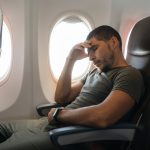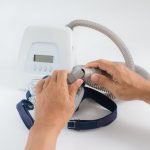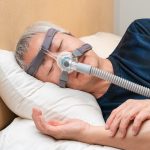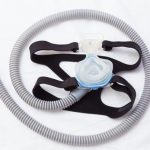CPAP 101: Air Travel with CPAP
Posted by David L. Hebert
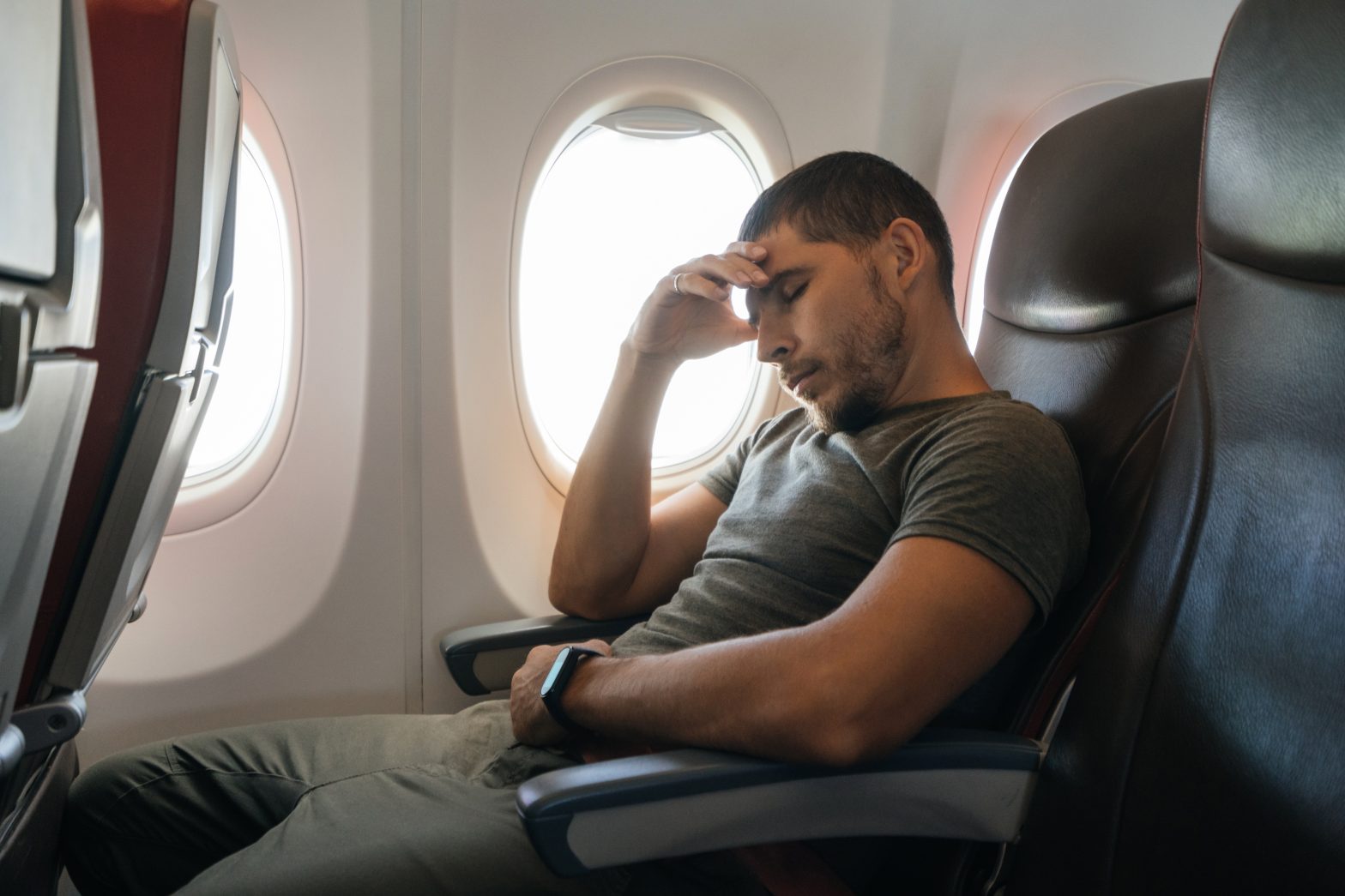
For CPAP users, it can sometimes feel like you’re married to your mask and hose, and by extension, to the machine that it’s attached to. When you need your CPAP therapy to get a good night’s sleep, it can be hard to imagine going on an international trip and having to lug around all of these accessories.
Travelling with CPAP doesn’t have to be an ordeal. CPAP machines are prescribed medical devices, so airlines treat them as approved medical devices, and the standard industry practice is to allow them to accompany you onboard without counting the item as a piece of carry-on luggage. CPAP usage is becoming more and more common, so your airline should be familiar with the procedure. If you are planning a trip, check with your airline or travel agent regarding any questions you may have about taking your CPAP machine with you. Now, here are some ways you can prepare for air travel with a CPAP.
Purchase any power adapters you might need
Check your machine settings to determine whether you need a power adapter for the countries you will be visiting. Some countries operate on a 220 Volt system, whereas North America operates on a 110 Volt system. Your machine may simply need an adapter to modify the plug, or you may require a special power supply to use your machine in certain countries. Check with your CPAP supplier for information on what specific power requirements your machine has, and ask them to recommend what options you should consider for your particular needs.
Change your CPAP machine settings to “Airplane Mode” to use your CPAP on the plane
Assuming that the airline has no objection to you using your CPAP machine and that you have a power supply (either an AC converter on the plane or a portable battery) with you, you should even be able to use your CPAP machine while sleeping on the plane. Some restrictions have been placed on CPAP usage in recent years due to airflow concerns during the pandemic, so please check the requirements currently in place with your airline.
If you do use your CPAP on the plane, you need to make sure that you switch your machine’s settings to Airplane Mode. Most modern CPAP machines have a communications chip inside them which can connect to cellular and data networks to upload your sleep data and download machine settings and upgrades from your service provider, saving you the need to take your machine in for reprogramming. As this is an active cellular connection that could potentially interfere with airplane navigational functions, be sure to switch your machine settings to Airplane Mode whenever you use it on an airplane.
Know your destination before you travel
Learn everything you can about your destination as it relates to your CPAP machine. What is the climate of your destination? Is it very humid, or is it an arid and very dry climate? If you will be travelling to a very humid area, you will probably need to fill your humidification chamber less often, which means that you won’t need to find as much distilled water once you arrive at your destination.
A dry and arid climate, however, will likely require a great degree of humidification, and you may easily find yourself filling your water reservoir every evening. In this kind of climate, you’ll want to make sure that you have an ample supply of distilled water. Therefore, you will want to find out where you can easily buy it, and perhaps even investigate where you will be able to find the best value.
A quick web search of your destination combined with modifying keywords like “distilled water” should provide you with a nice selection of places where you can stock up during your visit.
Finally, you may also consider bringing a more portable CPAP machine on your journey. The ResMed AirMini is an incredibly tiny yet fully-functioning CPAP unit that is portable, reliable, silent, and durable. If you travel frequently, you may wish to investigate purchasing a portable unit.



